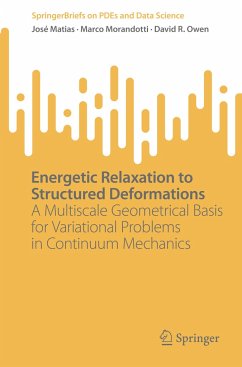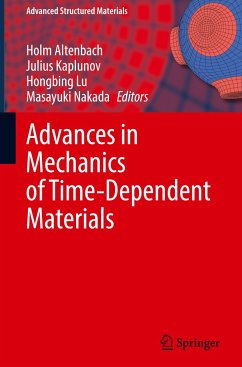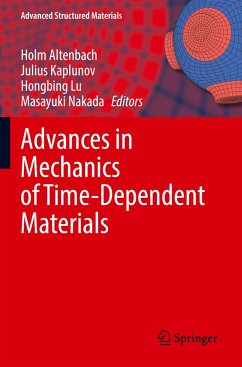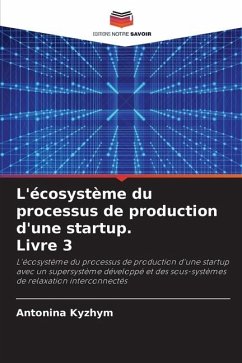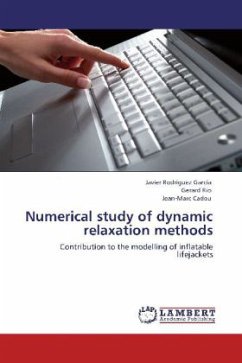
Numerical study of dynamic relaxation methods
Contribution to the modelling of inflatable lifejackets
Versandkostenfrei!
Versandfertig in 6-10 Tagen
39,99 €
inkl. MwSt.

PAYBACK Punkte
20 °P sammeln!
Dynamic relaxation (DR) is a widely spread numerical method used in fields as structural dynamics (particularly in form-finding), geomechanics or biomechanics, among others. When using DR in numerical simulations, researchers usually follow two different paths in the choice of a damping strategy for the oscillations: some use a viscous damping while others use a kinetic damping. However, it is difficult to find comparisons between both methods to help deciding whether one is better than the other for a particular application. Focused in the field of form-finding of thin-walled structures, the ...
Dynamic relaxation (DR) is a widely spread numerical method used in fields as structural dynamics (particularly in form-finding), geomechanics or biomechanics, among others. When using DR in numerical simulations, researchers usually follow two different paths in the choice of a damping strategy for the oscillations: some use a viscous damping while others use a kinetic damping. However, it is difficult to find comparisons between both methods to help deciding whether one is better than the other for a particular application. Focused in the field of form-finding of thin-walled structures, the main objective of this book is to make a contribution to the development of DR methods and a review of some of the existing DR methods in order to compare them. Also, as an application for the studied methods, a contribution to the modelling of inflatable lifejackets will be presented: the aim of this part of the work is to present some contributions to the creation of a numerical tool permitting to test the functioning of commercial inflatable lifejackets by means of Finite Elements calculations.



